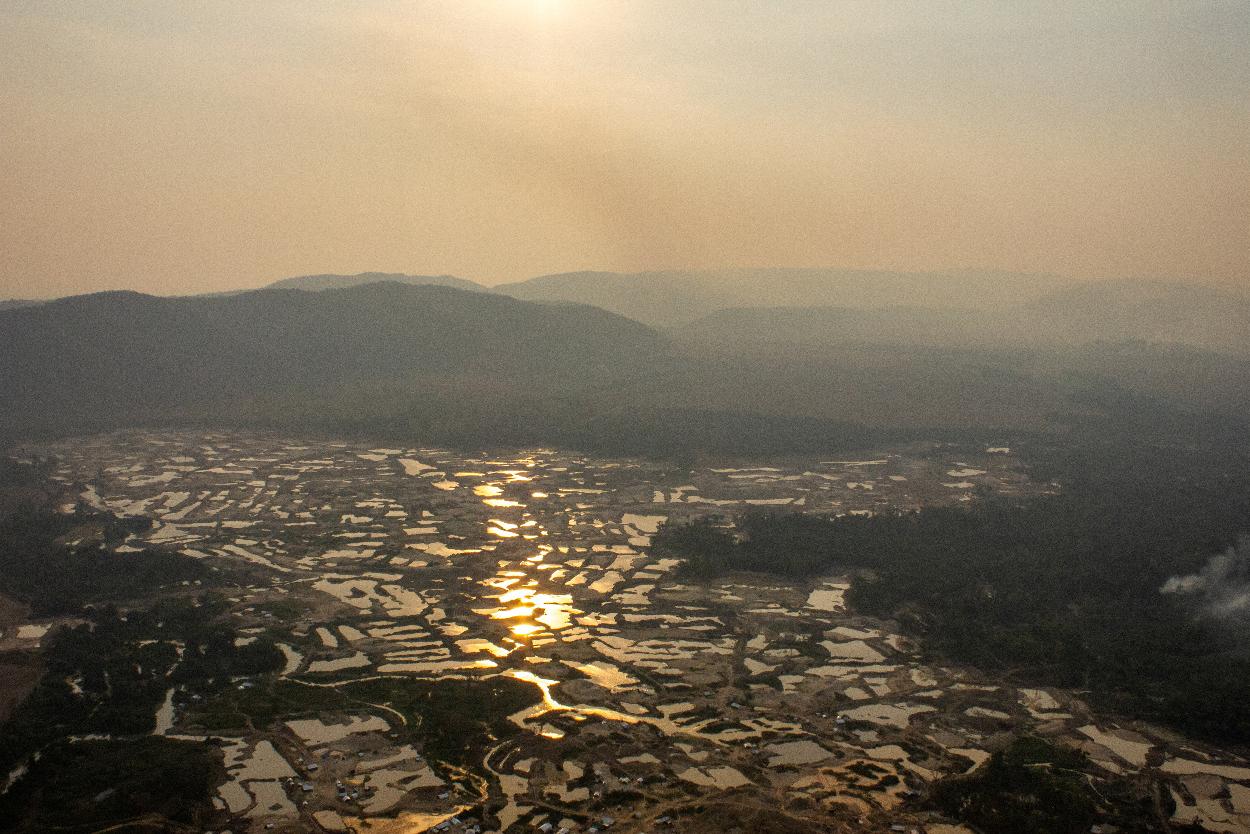
2024-08-22 23:24
Aug 22 (Reuters) - A California residential solar subsidy will cost ratepayers who do not have rooftop panels about $8.5 billion annually by the end of this year, contributing to higher electricity rates for consumers, according to an analysis published on Thursday by the top U.S. solar state's ratepayer advocate. WHY IT MATTERS California's Public Utilities Commission in 2022 reformed a residential solar policy known as net energy metering that allowed customers with rooftop panels to be credited for excess power their systems generated at or near the full retail electricity rate. The new policy lowered the rate, making going solar less attractive and angering environmental groups and the solar installation industry, which says it has lost more than 17,000 jobs as a result of the change. Customers who joined the program prior to the change still benefit from the previous incentives. The CPUC's Public Advocates Office said the cost of those subsidies is shouldered by customers who do not have rooftop panels because they are paying utilities' fixed costs, such as grid maintenance, while solar owners enjoy lower bills. BY THE NUMBERS Net energy metering will cost ratepayers who do not have solar $8.5 billion by the end of 2024, up from $3.4 billion a year in 2021, according to the analysis. Customers will continue to benefit from the net metering program for up to 20 years. WHAT'S NEXT The Public Advocates Office proposed several changes to the net metering program to reduce what is known as the cost shift to customers who do not have solar. The recommendations include converting net metering customers to the new program after 10 years or the sale of their home, and setting net metering compensation at electric rates that were in effect at the time they joined the program rather than current, higher rates. Sign up here. https://www.reuters.com/sustainability/climate-energy/california-rooftop-solar-subsidy-cost-85-billion-year-says-ratepayer-advocate-2024-08-22/
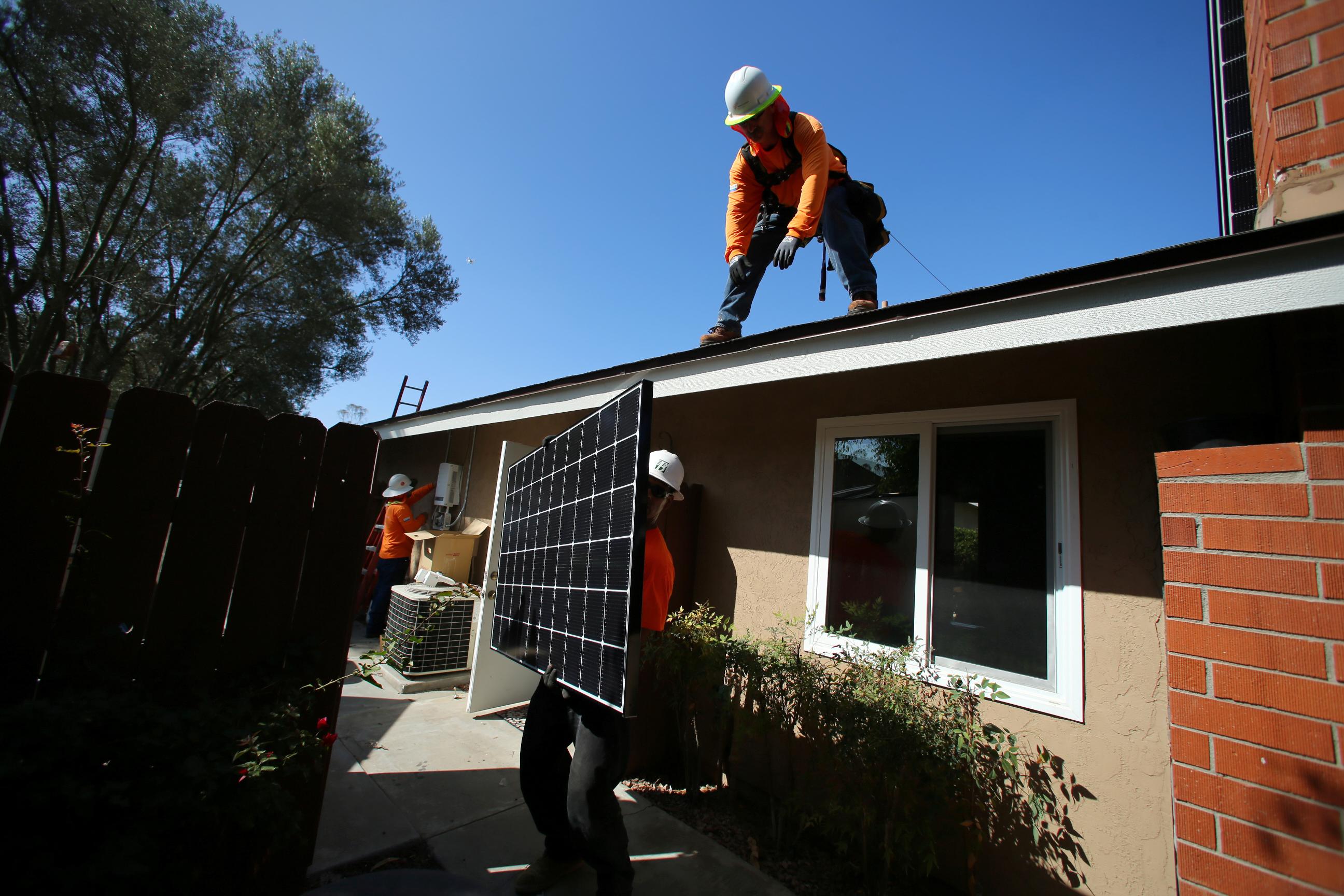
2024-08-22 22:37
MEXICO CITY, Aug 22 (Reuters) - Mexico's hydrocarbon regulator approved on Thursday a request by state energy company Pemex to expand a natural gas project in the Gulf of Mexico, which requires extra investments of just over $400 million. The Lakach field has been hailed as a potential gateway to a new deepwater Mexican gas frontier. Pemex had requested to update the field's production strategy with the recovery and termination of wells, the management of production, and the commercialization of hydrocarbons. Of the $2.218 billion in costs that were approved for the years of 2024 and 2041 by the regulator CNH, $1.667 billion are earmarked for investments and $551 million for operational expenses. An earlier plan, authorized last year for 2024 to 2035, listed an estimated $1.815 billion. Its production deadline was also pushed back from 2025 to 2026. Recently, Grupo Carso (GCARSOA1.MX) , opens new tab, owned by Mexican billionaire Carlos Slim, signed an exploration and extraction services contract with Pemex. It said it would invest $1.2 billion. Pemex has said that it has spent about $1.400 billion on Lakach, a project that has been shelved twice before. Pemex and New Fortress Energy parted at the end of 2023 after they could not agree on terms. In addition, the project now contemplates the construction of gas pipelines up to the ground - instead of using boats to collect the gas and transport it, as previously planned. Sign up here. https://www.reuters.com/markets/commodities/mexicos-pemex-gets-approval-up-investment-deepwater-field-lakach-by-400-million-2024-08-22/

2024-08-22 21:49
Aug 23 (Reuters) - A look at the day ahead in Asian markets. Japanese inflation and monetary policy are under the spotlight in Asian trading on Friday, as a mood of nervous anticipation descends on world markets ahead of U.S. Fed Chair Jerome Powell's Jackson Hole speech later in the day. U.S. stocks and bonds fell and the dollar rose on Thursday, a reversal of this week's moves that had seen the S&P 500 climb back toward its recent all-time high, the 10-year yield post its lowest close in over a year, and the dollar hit a 2024 low. The S&P 500 on Thursday came within 0.5% of revisiting last month's record high but ended the day down 0.9%, while the Nasdaq lost 1.7%. Both were their steepest declines since the Aug. 5 volatility shock. The MSCI emerging market currency index, meanwhile, fell 0.3% on Thursday - not a particularly big move on the face of it but, remarkably, its biggest decline in four months. With the dollar, yields and U.S. recession worries all rising, emerging market assets will be under pressure on Friday. That's the backdrop to Asia's trading day, where the spotlight will fall on Japanese inflation figures and Bank of Japan Governor Kazuo Ueda's monetary policy testimony to lawmakers. It will mark Ueda's first public comments since the central bank last month raised interest rates by a higher-than-expected 25 basis points. That, coupled with his hawkish post-decision press conference, helped stoke volatility in Japanese markets that ended up with a sharp unwind of yen carry trades and the Nikkei 225 index's biggest one-day fall since 1987. The Nikkei has recovered all those losses and more, closing on Thursday at a three-week high. That's all the more impressive considering the yen has held onto to almost all its gains, and is still up more than 10% in the last six weeks. Official figures are expected to show that annual core inflation ticked up in July to 2.7% from 2.6% on June. That would put inflation above the BOJ's 2% target for the 28th straight month, supporting BOJ officials' view that they should continue the move away from decades of ultra-easy policy. Japan's economy expanded by a much faster-than-expected annualized 3.1% in the second quarter. In a Reuters poll published this week, 57% of the economists surveyed think the BOJ will raise rates again by the end of this year. As well as Japanese inflation, the Asian calendar on Friday includes Singapore inflation and New Zealand retail sales data. Current market pricing suggests the Reserve Bank of New Zealand will be one of the most dovish G10 central banks, cutting rates 230 basis points by the end of next year. Here are key developments that could provide more direction to Asian markets on Friday: - Japan inflation (July) - BOJ Governor Ueda speaks - Singapore inflation (July) Sign up here. https://www.reuters.com/markets/asia/global-markets-view-asia-graphic-pix-2024-08-22/
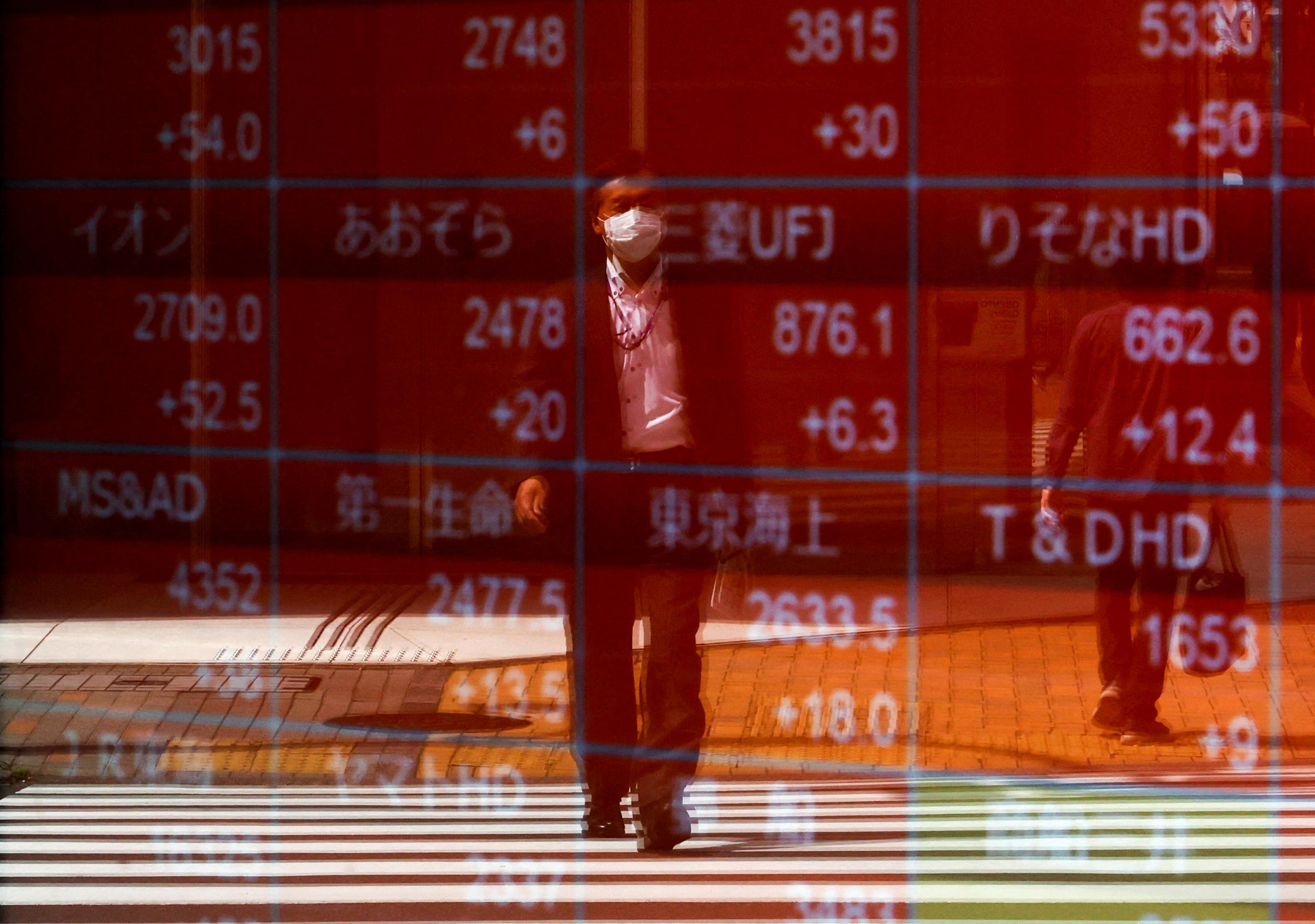
2024-08-22 21:48
Aug 22 (Reuters) - Central bankers from around the world fly into Jackson Hole, Wyoming, this week to attend what has become the globe's premier economic gathering, the Kansas City Federal Reserve's annual symposium in Grand Teton National Park. The event draws keen investor attention, and - depending on what the world's most influential monetary policymakers say in formal remarks and in interviews on the sidelines - sometimes delivers a rough ride for markets. Here is a guide on what to expect and why it might be worth paying attention to. HAWKS AND DOVES In recent years the guest list of about 120 has included most of the Fed's 19 policymakers, and a few dozen central bankers from Europe, Asia, Africa, the Americas and elsewhere. Also joining are several dozen economists and officials from academia, government and international organizations as well as the Fed and a few financial institutions, and a cadre of journalists. Details on each year's attendees and the agenda are closely held until Thursday evening. A BEAR AND A BUNCH OF PAPERS The program typically begins Thursday with a dinner served beneath antler-decorated lights at the historic Jackson Lake Lodge. Attendees entering the private dining room pass by a preserved grizzly bear in the lodge's public lounge, which boasts an expansive view of the craggy Teton Range. The conference goes until midday on Saturday and largely consists of discussions of a series of academic papers. This year's theme is "reassessing the effectiveness and transmission of monetary policy." Wonkish vibe notwithstanding, many participants make time for a hike - not of interest rates, but of the kind that involves circumnavigating a mountain lake - and some deck themselves out in cowboy boots and other western wear. ACTION IN JACKSON The marquee event is Fed Chair Jerome Powell's speech Friday morning. Investors hope he will give a clearer steer on whether he feels inflation has cooled enough to justify an interest rate cut next month, and if his worries about a rising unemployment rate could make that first reduction in borrowing costs a big one. Most analysts expect the former and not the latter, but as Deutsche Bank economists note, "it will be difficult for Powell to pre-commit to a particular trajectory at Jackson Hole." Powell has pledged to be data-dependent, and there is lots of economic data before the Fed's Sept 17-18 meeting. STOCK SHOCKS Big market moves during the Jackson Hole symposium aren't common, but they do happen. The S&P 500 (.SPX) , opens new tab index lost 3.4% on the day in 2022 when Powell warned that taming the highest inflation in decades could bring pain to households and businesses, a pain that for the most part has not materialized even as inflation has dropped substantially. The 2.6% decline in the S&P 500 index the day Powell spoke in 2019 owed less to his remarks than to a rapid escalation in U.S.-China trade tensions. Then-Fed Chair Ben Bernanke helped deliver two Jackson Hole stock rallies. In 2009 he forecast - wrongly as it turned out - an imminent return to global growth after the Global Financial Crisis, and in 2010 promised the Fed would step in with additional bond buying if needed, as it eventually would. The S&P 500 index rose 1.8% the day Bernanke spoke in 2009, and 1.6% a year later. Jackson Hole speeches can leave a mark even when the stock market barely budges. In 2020 Powell signaled the U.S. central bank would no longer raise interest rates solely in response to a stronger-than-usual labor market, a remarkable shift from the Fed's historical eagerness to act early to head off inflation. The S&P 500 index rose 0.2% on the day. THE TROUT The Kansas City Fed has held its yearly symposium since 1978. Its initial focus was agriculture, but after a few years the organizers decided to broaden the meeting's scope and try to attract bigger names. In 1982 they moved the meeting to its current location to entice then-Fed Chair Paul Volcker, a devotee of flyfishing, to join. It worked - Volcker showed up to the opening dinner still in his fishing gear , opens new tab. Alan Greenspan, who led the Fed from 1987 to early 2006, began in 1991 what is now the annual symposium's hallmark - an address by the leader of the world's most influential central bank. Sign up here. https://www.reuters.com/markets/us/what-look-feds-jackson-hole-symposium-2024-08-22/
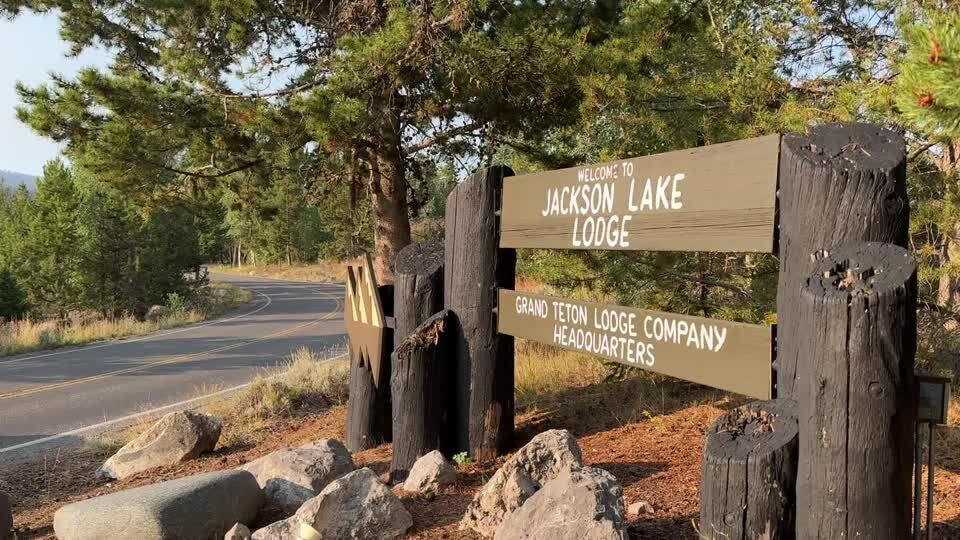
2024-08-22 21:42
JACKSON HOLE, Wyoming, Aug 22 (Reuters) - Federal Reserve policymakers on Thursday lined up in support of U.S. interest-rate cuts starting next month now that inflation is well down from its highs and the U.S. labor market is cooling, though one signaled he is in no rush to ease policy. "For me, barring any surprise in the data we'll get between now and then, I think we need to start this process” of lowering rates, Philadephia Fed Bank President Patrick Harker said in an interview with Reuters. “I think a slow, methodical approach down is the right way to go.” Boston Fed President Susan Collins struck a similar tone, signaling her likely support for a rate cut at the U.S. central bank's policy meeting next month. "I do think that soon it is appropriate to begin easing," Collins said in an interview with Fox Business on the sidelines of the annual global central banker economic symposium in Jackson Hole, Wyoming. Inflation has eased "quite a lot" and the labor market is healthy, she said. With preservation of that health a priority, Collins said, "I think a gradual, methodical pace (of interest rate cuts) once we are in a different policy stance is likely to be appropriate." Their view contrasts a bit with Kansas City Fed Bank President Jeff Schmid, one of the U.S. central bank's more hawkish policymakers. "We've got some data sets to come in before September," Schmid said in an interview with broadcaster CNBC, referring to the Fed's policy meeting on Sept. 17-18. "There is some room to consider where we go from here but I frankly think we've got time." Still, he added, "it bears looking harder" at the recent rise in the unemployment rate, which measured 4.3% in July "I'm going to let the data show where we lead...I would agree with several of my colleagues that you probably want to act maybe before (inflation) gets to two (percent) but that sustainability to two I think is really important." The U.S. central bank is widely expected to begin reducing its benchmark policy rate at its upcoming meeting, with most Fed officials buoyed by encouraging inflation data and increasingly anxious about the health of the job market. The Fed targets 2% annual inflation by the personal consumption expenditures price index; by that gauge inflation was 2.5% in July. Sign up here. https://www.reuters.com/markets/us/fed-policymakers-see-job-market-key-rate-cut-decision-2024-08-22/
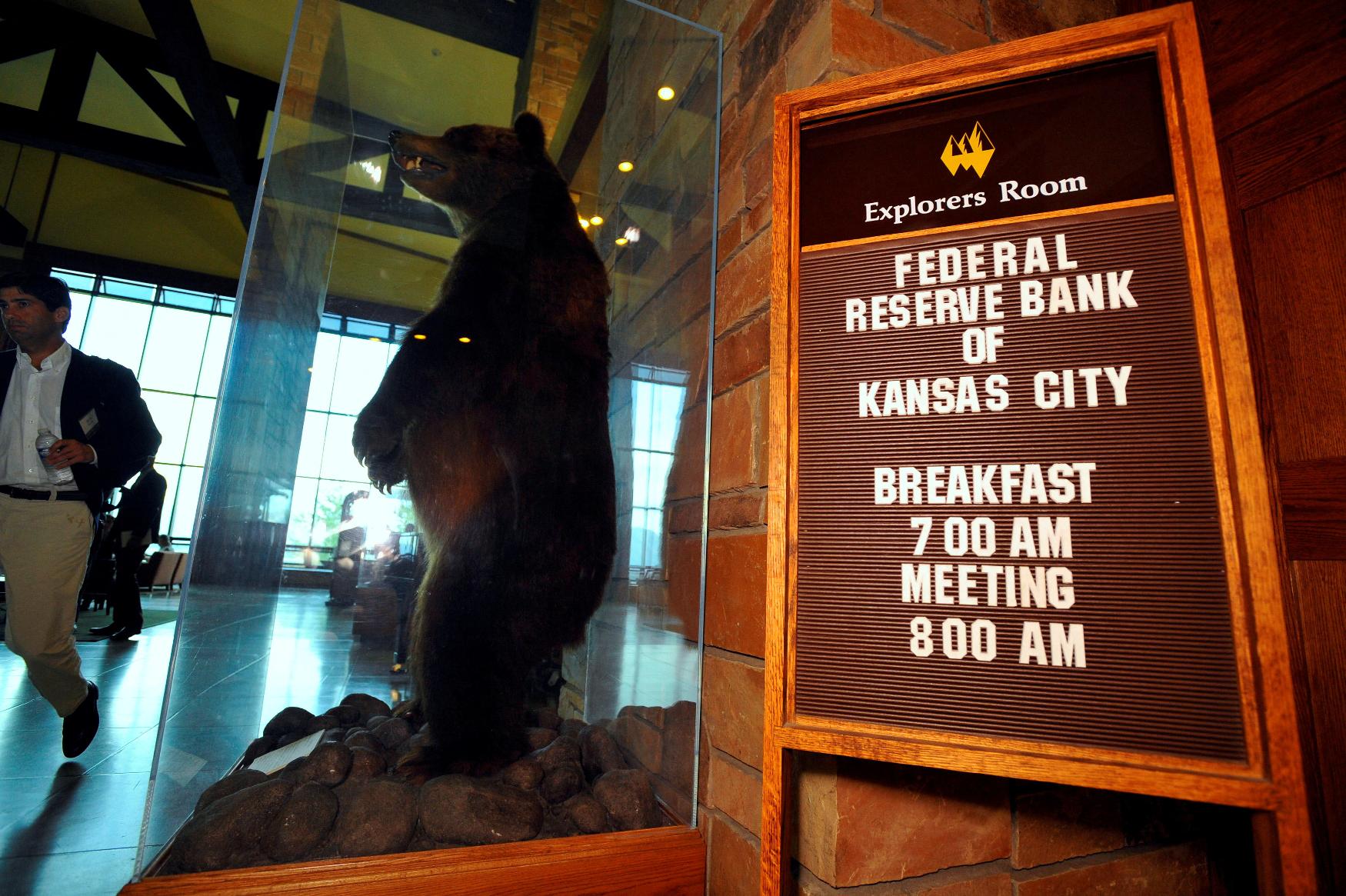
2024-08-22 21:39
Shocking Greenpeace images reveal extent of illegal mining on protected Indigenous lands Sararé Indigenous territory under siege by illegal gold miners Despite crackdown, illegal gold mining is expanding BRASILIA, Aug 22 (Reuters) - As Brazil attempts to crack down on illegal gold mining in the Amazon rainforest, thousands of wildcat miners have converged on a new prospect in the farm state of Mato Grosso, Greenpeace said on Thursday. Shocking photos of dozens of hectares (acres) of forest stripped of vegetation and dug up by the miners were taken from a Greenpeace plane on Wednesday and showed the mine to be on a protected Indigenous territory called Sararé. Greenpeace cited federal prosecutors' estimates that there are 5,000 illegal miners on the site, numbers that have surged since last year, despite enforcement efforts by police and the government's environmental protection agency Ibama. "In July, Sararé territory was the target of an operation by the federal police, Ibama and other federal agencies to clear the area and burn the excavating machinery used by the miners. However, as the images show, dozens of excavators remain there," Greenpeace said in a statement. Under Brazil's constitution, formally recognized Indigenous lands are out of bounds for mining and commercial agriculture. President Luiz Inacio Lula da Silva has pledged to eliminate illegal mining from Indigenous lands and reduce illegal deforestation to zero by the end of his term in 2026. Last year in the Amazon, his government marshaled military and police forces in an operation to evict thousands of gold miners from the Yanomami territory, Brazil's largest reservation the size of Portugal on its northern border with Venezuela. But illegal miners, spurred by record-high gold prices, have continued to infiltrate the territory, bringing disease and violence and causing widespread malnutrition among the Yanomami, the largest relatively isolated tribe in South America. On the Sararé reservation, some 250 Indigenous people live in seven villages that are now threatened by illegal mining, which comes on top of an agricultural frontier that advances relentlessly into the Amazon forest, opening new soy plantations. Data from Brazil's DETER satellite imagery system that detects new deforestation and mining sites, shows that alerts of new mining areas, known as "garimpos" in Portuguese, soared from 273 alerts of new hectares mined last year in Sararé to 570 hectares in the first six months of this year, Greenpeace said. The Sararé territory, on 67,000 hectares (165,560 acres) of ancestral land, is located some 500 km (310 miles) west of the Mato Grosso state capital of Cuiabá and close to the border with Bolivia. The nearest town to the reservation is called Conquista d'Oeste (Conquest of the West). Sign up here. https://www.reuters.com/world/americas/illegal-gold-mine-surges-brazil-farm-state-bordering-amazon-2024-08-22/
